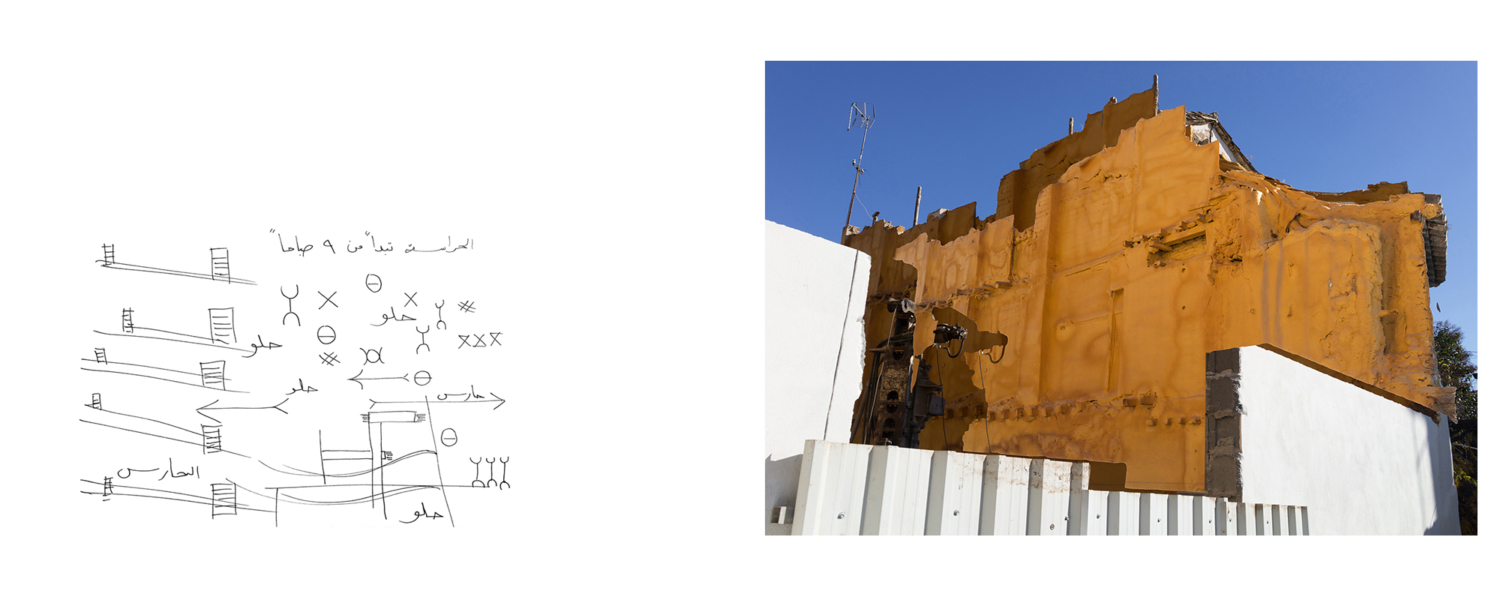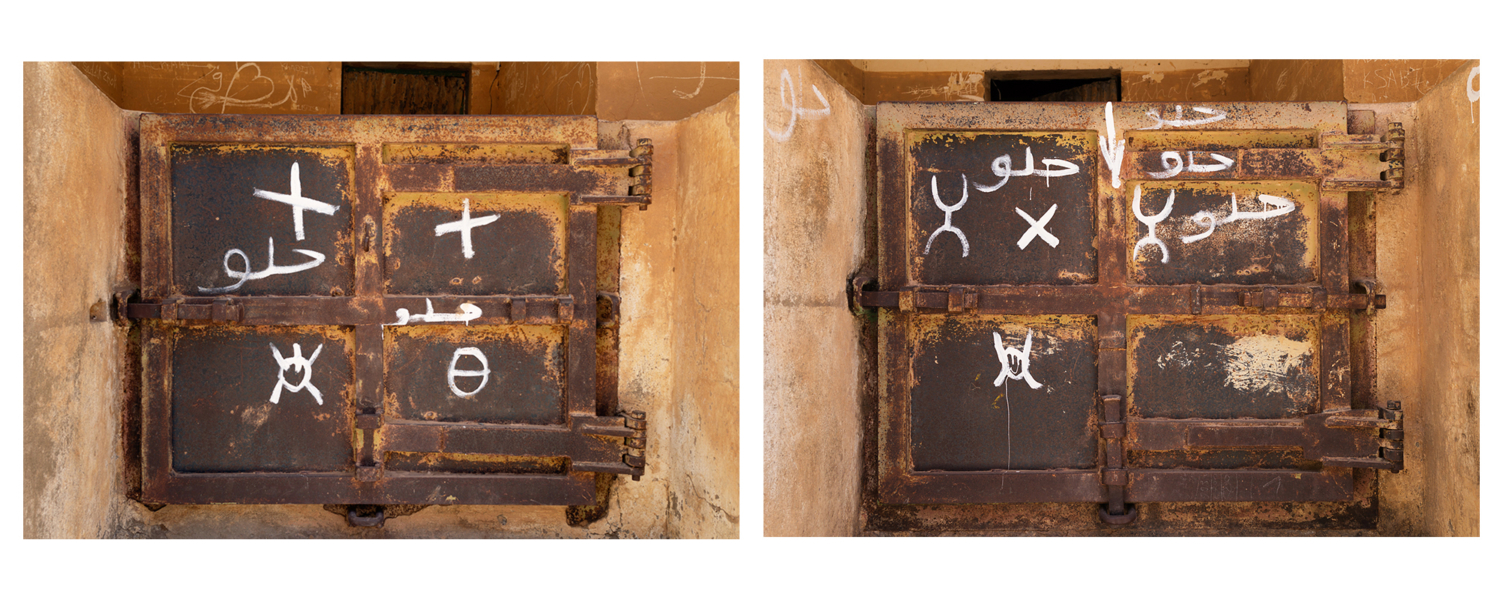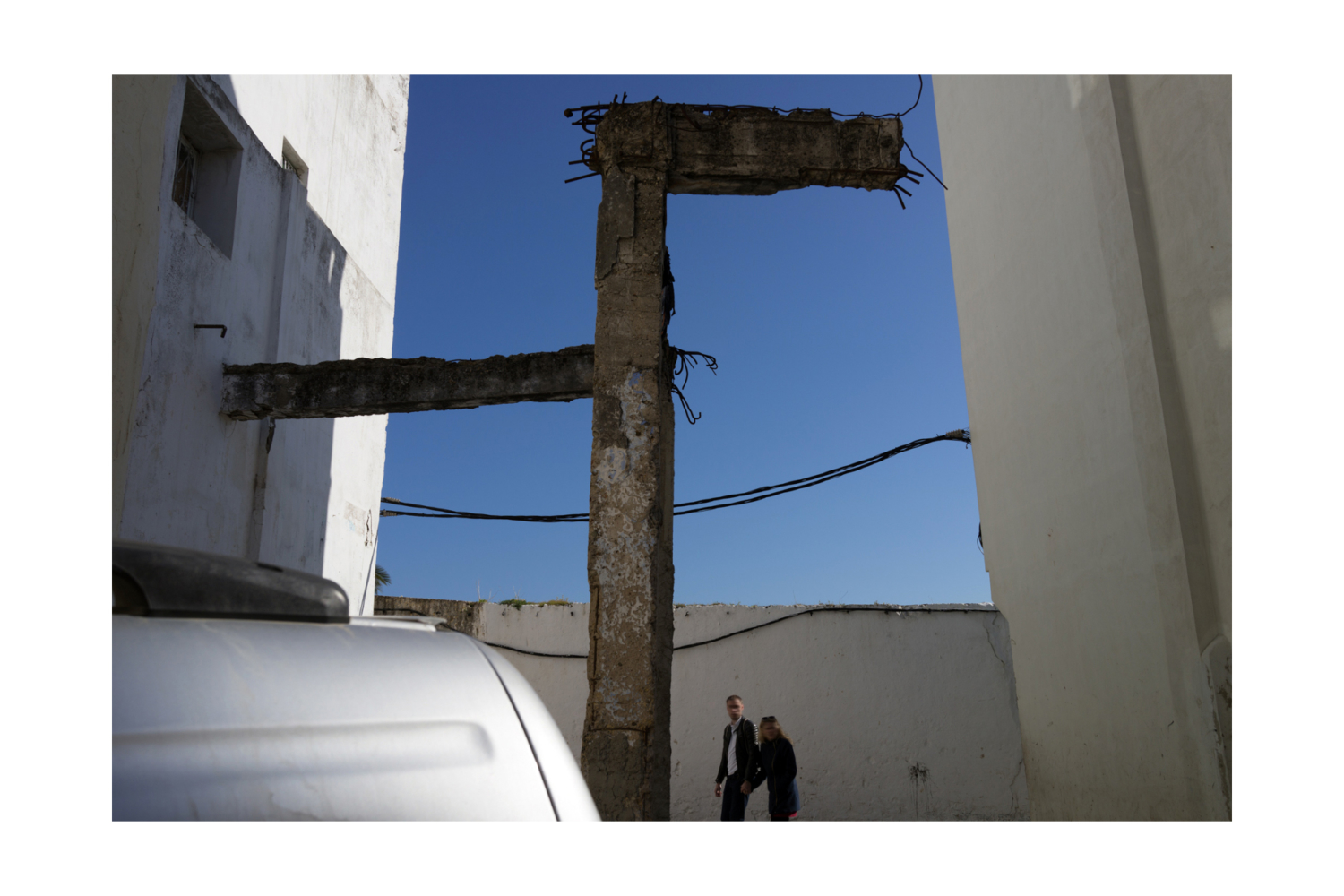Artist Blog
Every week an artist whose single image was published by Der Greif is given a platform in which to blog about contemporary photography.
Some Hidden Language
Mar 09, 2020 - Bucky Miller
Nidaa Aboulhosn tends to bundle her photographs into carefully crafted groups that glide into a viewer’s consciousness with a subtle and satisfying version of the “it was your house but not your house” component of dream logic. In fact, she describes her working method as akin to decorating a home: Instead of just pulling in all your belongings at once, you start with a few nice pieces of furniture. Those will tell you what else you might need, so you go out and get them. She photographs in locations from Lebanon to Mexico to Morocco and then returns to her studio in Upstate New York to learn from the work. The resulting sequences often describe places that are not geographic but photographic. That, to me, is cool. She is also a valued friend. We should all count our friends among our favorite artists. We should interview them when given the chance.
I called Nidaa in Ithaca and we spent an hour on speakerphone with my computer recording as I ate a sweet potato. We began the conversation by talking about whether photography was a language. She said absolutely, in fact she was teaching a class on the language of photography at Cornell. We discussed a specific sort of coded language that inhabits and helps define her recent photographs. Nidaa’s pictures poeticize photo-language, but there is often a second language inside them. This is a bottled up text made of symbols and fugitive marks that communicates to the photographer and her subjects but is generally cryptic to the viewer. Recently, she started making drawings of elements from the photographs, and then photographing those drawings. We really unpacked this stuff. It was a fantastic conversation. My recording failed to save and I lost the entire interview.
I sent her a text: “It didn’t work and frankly that makes me very sad. I will do my best to write something good.”
“I know you will. But what a bummer & how weird,” she replied.
The next morning I awoke to an email from Nidaa:
“I wanted to try to recall what we talked about before I go to bed while it’s still somewhat fresh in my mind. It’s not that fresh—it’s gotten a bit stale. Anyway, I recorded a voice note about 9 minutes long highlighting the key things we discussed. Here it is.”
There was no attachment on the email, no audio track to be found. I wrote to ask if she could send it again. She said she had already deleted it. She sent me a fresh twelve minute recording but suggested I not listen to it until I finished writing this piece. A copy of a copy of a copy.
Obliging, from a borrowed garage apartment in a nice part of Houston, audio file resting in my inbox, I thought about my friend, her words about her pictures, their language. To feel safe in the unknown, it helps to have a guide. Nidaa’s photographs move the oblique to a position of comfort. Urgent scribbles in handwriting and architecture are revealed as the common babbling of the world, and we are made to feel a little less alone. We are small, but we are all small. There is room to laugh within whatever we are trying to accomplish.
But then I had to go to work, and so on. My thoughts got a bit stale. I figured Nidaa should get the last word:
“I hope what I am saying, recalling, does not contaminate or distort your memory. So, you collect these stacks of images. When reviewing them you discover what you are paying attention to. You realize there is an intelligence, a method behind the way you are photographing that you may not have known if you set out to photograph a specific subject. You learn something about yourself. There is an unconscious, hidden knowledge that I unearth after I make the work and then it is, ah! ok. That is what I have been searching for. There was a lot of talk about why I do not make work in Upstate New York. Squirrels—just trying to jog your memory.”




